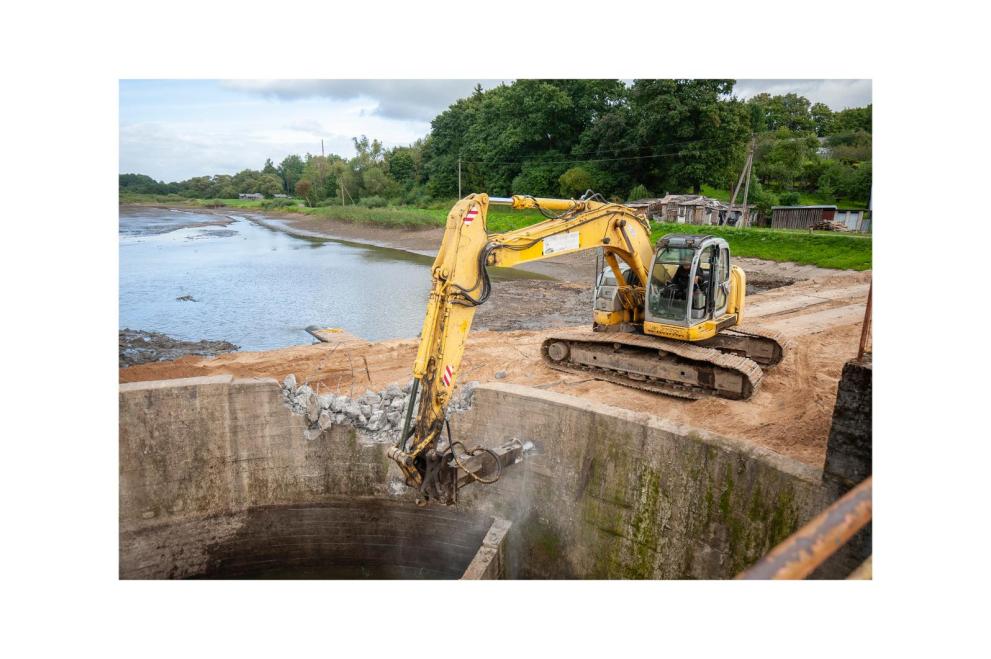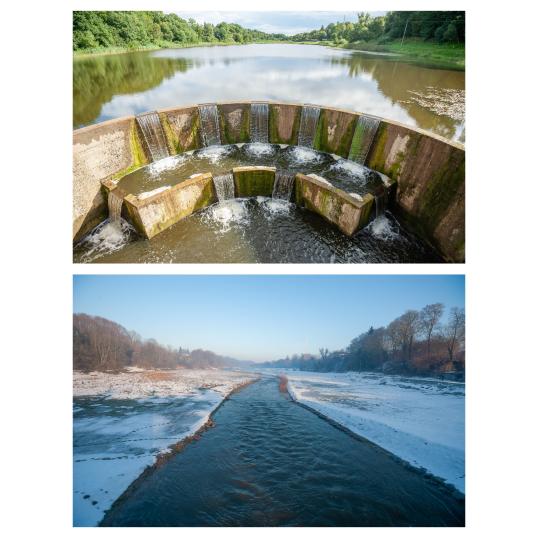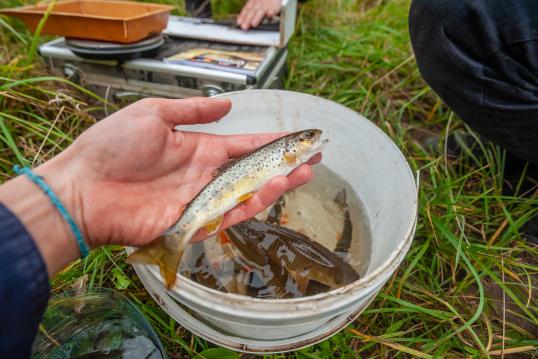
About the finalist
| Lead applicant | Žemaitijos saugomų teritorijų direkcija |
| Category | Conservation on land |
| Countries involved | Lithuania |
Main Natura 2000 site |
Salanto ir Blendžiavos upės (Lithuania) |
| Website | https://zemaitijosstd.lrv.lt/lt/veiklos-sritys/projektai/projektas-zuvu-migracijos-kliuciu-pasalinimas-ties-salantu-miesto-uztvanka-ir-vandens-telkinio-bukles-gerinimas-siekiant-atkurti-salanto-upes-vaga/ |
Overview
Until recently, the Salantas dam impeded the upstream migration of salmon and other migratory fish on the Salantas River and its tributaries. The river basin of the Salantas is also home to many other protected species, including thick-shelled river mussels, European bullheads, otters and kingfishers.
Implemented by the Zemaitija Protected Areas Directorate, this initiative aimed to restore more natural habitats and water-flow conditions in the Natura 2000 site ‘Salanto ir Blendžiavos upės’, which covers the Salantas River.
Its single largest action consisted in the removal of a dam to allow the free upstream migration of fish species. Additional restoration activities included the removal of invasive species and the planting of native species. Artificial spawning grounds for fish were established, and a small wetland area was created, which has also become popular as a recreational area for the local community. Furthermore, a stretch of the river below the dam was cleaned of fine bottom sediment, and native water plants were reintroduced.
The dam removal sustainably secured the Salantas River’s connectivity: it is now open for migratory fish over a 46 km-long stretch upstream and 234 km downstream to the Baltic Sea. This in turn has led to a big improvement of the natural ecosystem functionality and connectivity of the Natura 2000 site ‘Salanto ir Blendžiavos upės’, as well as other Natura 2000 sites in the region.
The project had also very positive effects on river and riparian (riverside) biodiversity, as illustrated by the recovery of the local population of lampreys and the reappearance of a rare dragonfly.
In Lithuania, 17 additional dam removal projects are currently planned, aiming for similar positive outcomes.
Pictures from the finalist
Videos from the finalist:
https://www.youtube.com/watch?v=1cRHrpwMwPQ
https://www.youtube.com/watch?v=uvL8Vp1uc8Y&list=PL86xNhqrZiaiy
Details
- Publication date
- 14 March 2024
- Author
- Directorate-General for Environment






